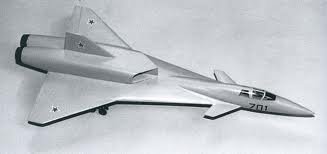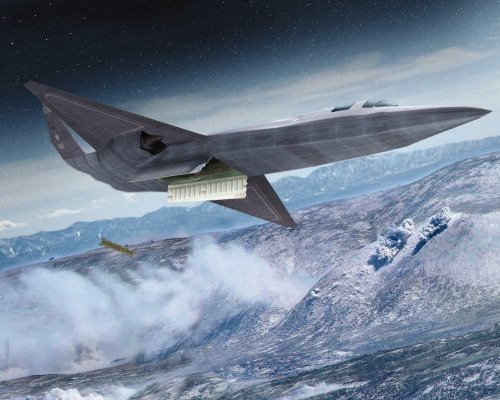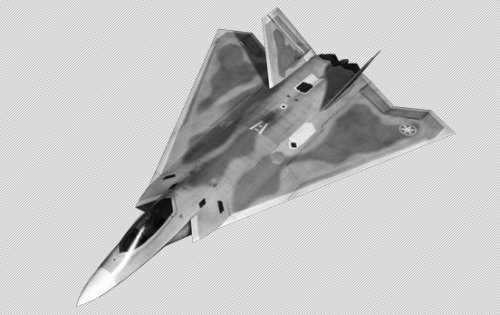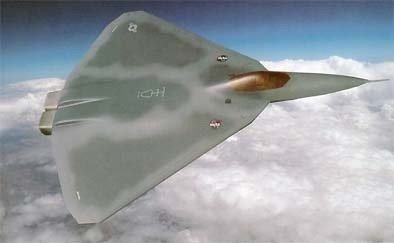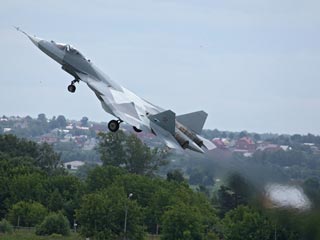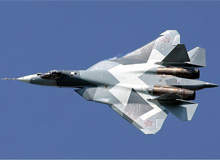EricChase88 said:
With high planform sweep angle, powerful engines coming up and complex variable intakes, this all point to a max dash speed of mach 2.6. Insiders on paralay.iboards.ru has leaked mach 2.6 speed.
1) I'll trust our insider (Flateric), who has been shown to be consistently correct, over anyone at Paralay's site.
2) The leading edge wing sweep is around 46 degrees, which corresponds to a critical mach number of M=1.39. However, that's assuming you're seeing free stream velocity at the wing, which you aren't. The important number, with regard to maximum speed, would be the angle between the nose and the front of the wingtip (keeping the wing within the shock cone off of the nose). That angle is about 63 degrees which corresponds with a Mach number of 2.2, which is definitely not 2.6.

